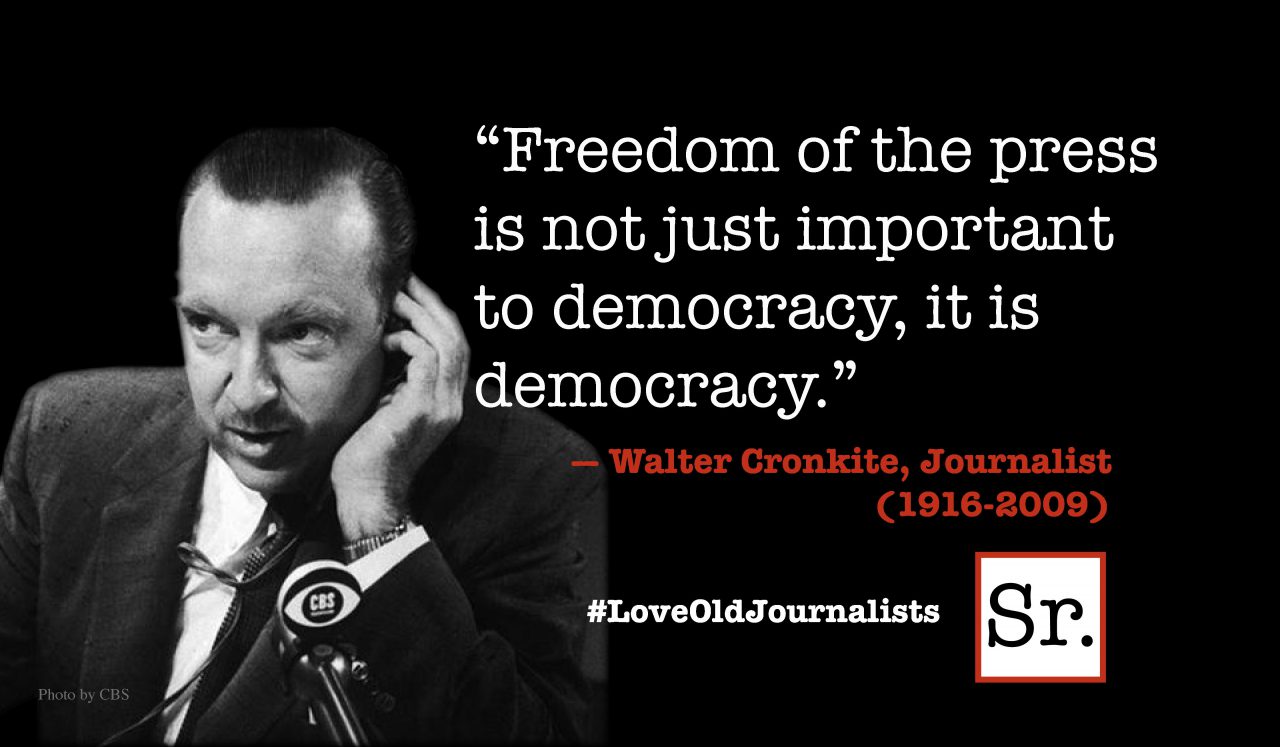Q. In your column, I’ve read lots of tips for taking care of your heart. They all sound good, but what do they really do to extend your life?
This may be the best question I’ve been asked. It led me to a calculator that tells you what the odds are of having a heart attack in the next 10 years. The calculator is for adults 20 or over who do not have heart disease or diabetes.You can find this calculator online at:
http://cvdrisk.nhlbi.nih.gov/calculator.asp
The risk-assessment tool is based upon the Framingham Heart Study, a joint project of the National Heart, Lung and Blood Institute and Boston University.
The objective of the Framingham Heart Study, begun in 1948, was to identify the common characteristics that contribute to cardiovascular disease (CVD), which affects the heart and blood vessels.
The researchers recruited men and women between the ages of 30 and 62 from the town of Framingham, Massachusetts, and began extensive physical examinations and lifestyle interviews that they would later analyze.
The calculator asks seven questions: your age, gender, total cholesterol, HDL level, whether you smoke, systolic blood pressure (the first number), and whether you are taking medication for blood pressure. You plug in your numbers and the calculator generates your odds as a percentage.
I experimented with this risk-assessment tool. The results were surprising to me.
I started out with this profile: Age 65 / Gender Male / Total Cholesterol 200 / HDL 40 / Smoker? No /Systolic Blood Pressure 120 / Blood Pressure Medication? No.
The odds of having a heart attack in the next decade? 13 percent.
Then I changed the age from 65 to 75. All the other answers were the same. The odds increased to 18 percent.
Next, I changed only the gender from male to female. The odds plummeted to 3 percent.
Then I dropped only the total cholesterol from 200 down to 150. The odds were 10 percent.
I raised the HDL number from 40 to 60. This changed the odds to 9 percent.
Next, I became a smoker. Again all other answers were the same. The risk level was 16 percent—only a 3 percent increase over a non-smoker.
I dropped the systolic pressure from 120 to 100, and the odds came out 10 percent.
I then changed only the blood pressure medication response from NO to YES. The odds went up from 13 to 16 percent.
For one last test, I used this profile: Age 65 / Gender Male / Total Cholesterol 300 / HDL 20 / Smoker? Yes /Systolic Blood Pressure 180 / Blood Pressure Medication? YES.
The odds were “Greater than 30” percent. Or, looking at it from a different angle, this man has about a 7-out-of-10 chance of not having a heart attack. Gee, throw a ribeye on the grill, please.
This research led me to one conclusion: the best thing you can do for your health is to be a female.








